Japanidi seems to be all the rage these days. We are seeing it all over our favorite architecture and interior design accounts. What draws us to this style?! It may the quality of materials and textures. It may be the simplicity, yet functionality. It may be the muted color palette yet rich neutrals. Maybe it's all the above. In any case this is 'trend' that will continue to grow in 2021 and beyond. The best part is that this style seems timeless can probably withstand the 'trendy' phase.
The goal of this post is to explain where 'Japandi' comes from, it's intention, and HOW TO incorporate the look into your home.
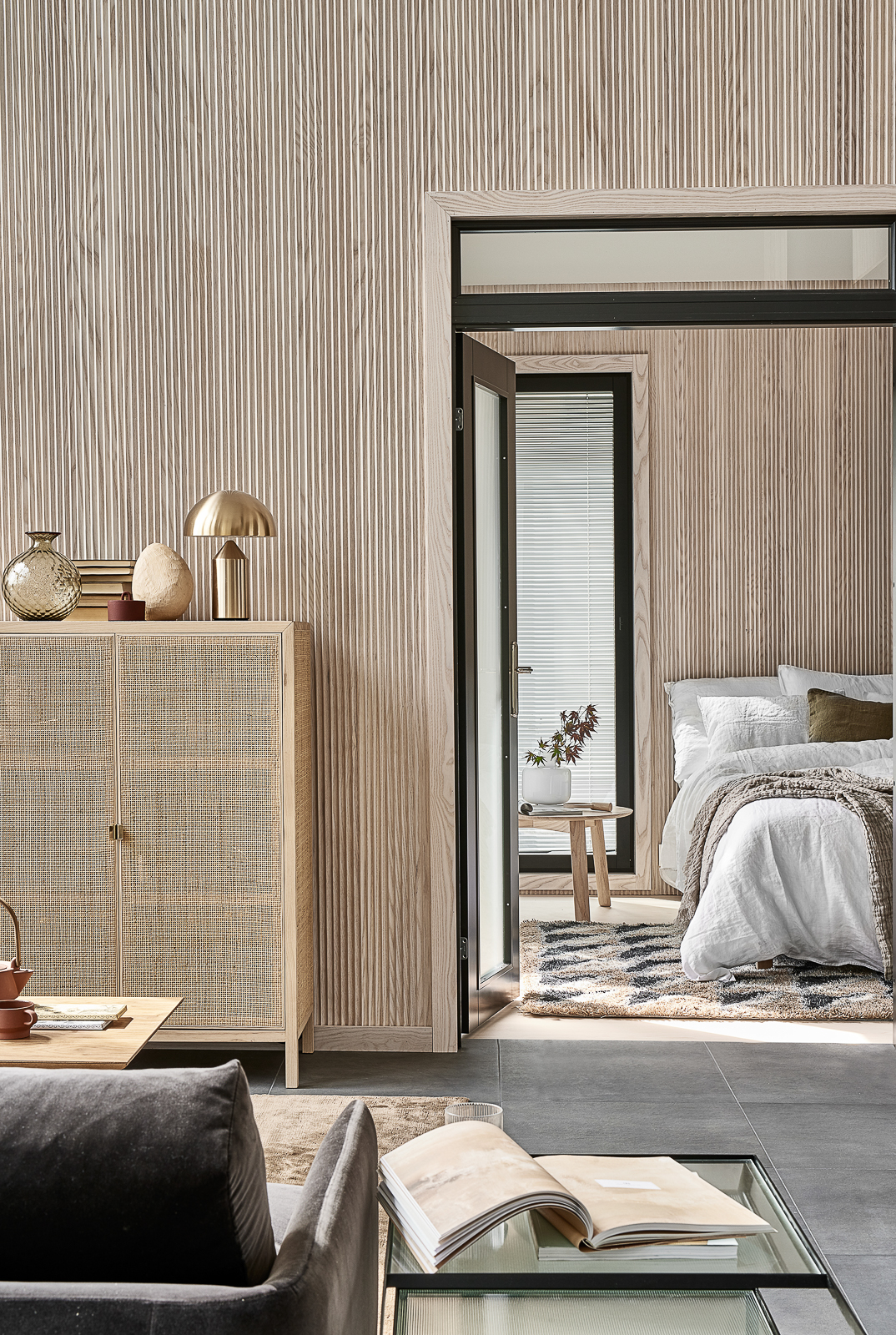
Photo: Kannustalon
Affiliate links may be used in this post, which means I'll receive a small commission if you purchase through my link. There is NO additional cost to you. You can read the full disclosure here. Thank you for supporting Casa Refined!
WHAT IS JAPANDI?!
As you might see, Japandi is a form of minimalism. You see hints of Scandinavian (Scandi) minimalism as well as moments of Japanese forms. This includes muted colors, expressing natural materials, and paying close attention to light. Blend the two together and you get 'Japandi' design.
Japan + Scandi + Japandi
Of course, Scandinavia and Japan are two different things. Not to mention they are geographically distant as well as culturally. The things that brings the two together is the appreciation for form and function through simplicity. The two styles nod to craftsmanship as well as honesty in materials. This means that an object that looks like stone IS real stone and embraces the characterics of it.
What I love the most of this style is the merging of two design concepts that focus on warmth. Warmth comes in many facets, including materials. This usually entails natural wood finishes, stones, plant-based design elements. I love the way these materials create the feeling of comfort. Rhythm is created and closely integrated within.
Checkout this page if you're interested in learning more about Scandinavian design. It does a great job explaining the role of minimalism and where functionality meets it. Also read this article if you want to learn more about modern Japanese design. It looks at the role of materiality interweaving a peaceful feeling, along with history and other design elements.
11 WAYS TO GET THE JAPANDI LOOK
1. Be Intentional About Everything
Simplicity is key in most Japandi interiors. That means that every piece of furniture, every decor item, and more importantly, the amount of each is to be carefully considered. Phrases like "less is more" or "quality over quantity" might help achieve the look.
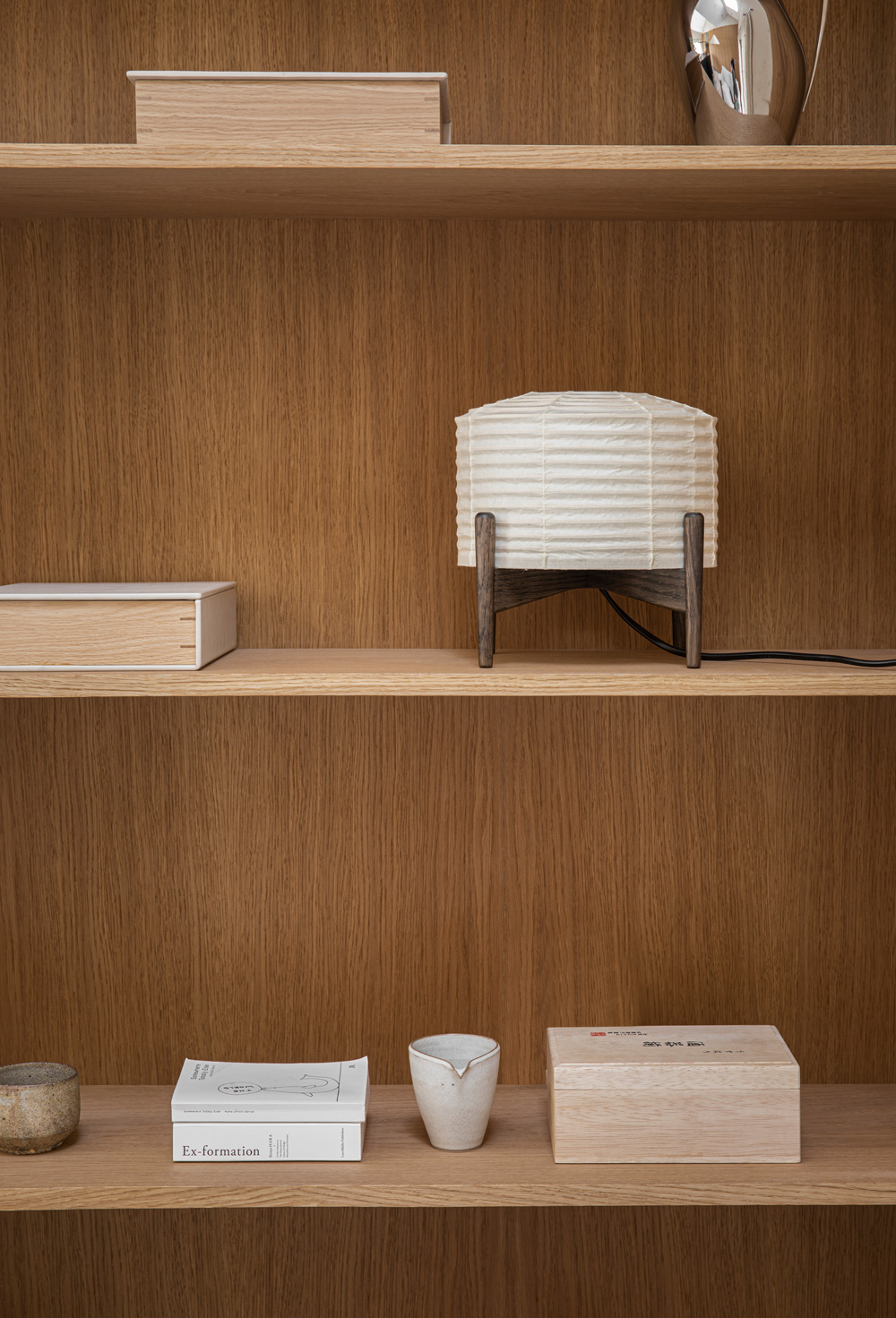
Photo: Norm Architects
2. Simple and Clean Lines
Simple and clean lines are both characteristics of Japanese and Scandinavian interiors. This modern element is seen in furniture, decor accents, and even in the architecture itself.
If you have control, bring attention to architectural elements in your home that are worthy. This might include a stairwell, beams, or certain walls that should be accented. If there is a lot of detail going on, consider painting it all one neutral color. Use furniture to add a modern feel.
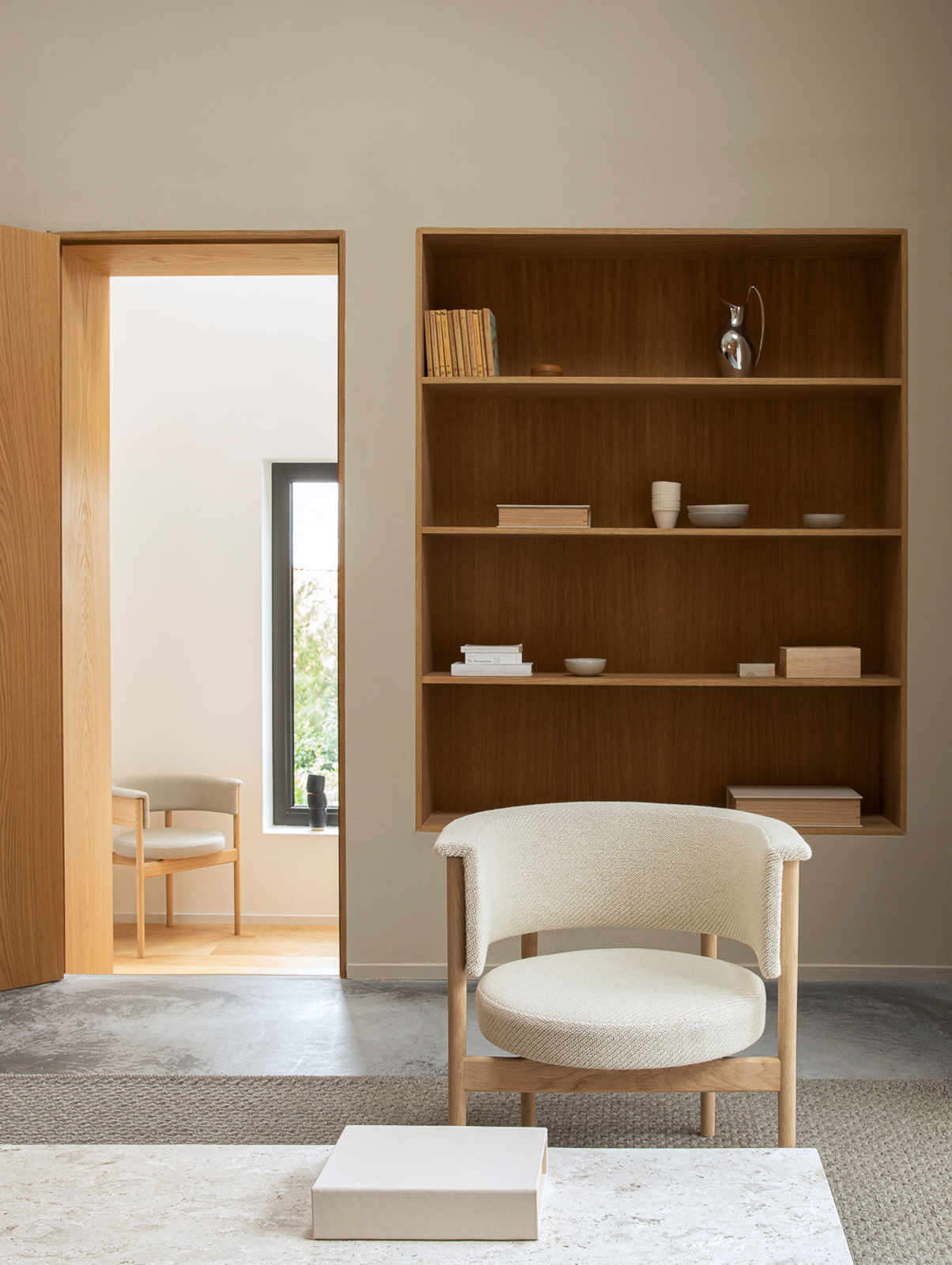
Photo: Norm Architects
3. Declutter your Space
Visual clutter is what will break a space. When you see Japandi photos, you mostly see breathing space. A void can be more impactful than filled shelf.
Again, "less is more" here. Take some time to go through your home and sort out what you no longer use. You don't have to turn into a full on minimalist, but refine the amount of items you see.
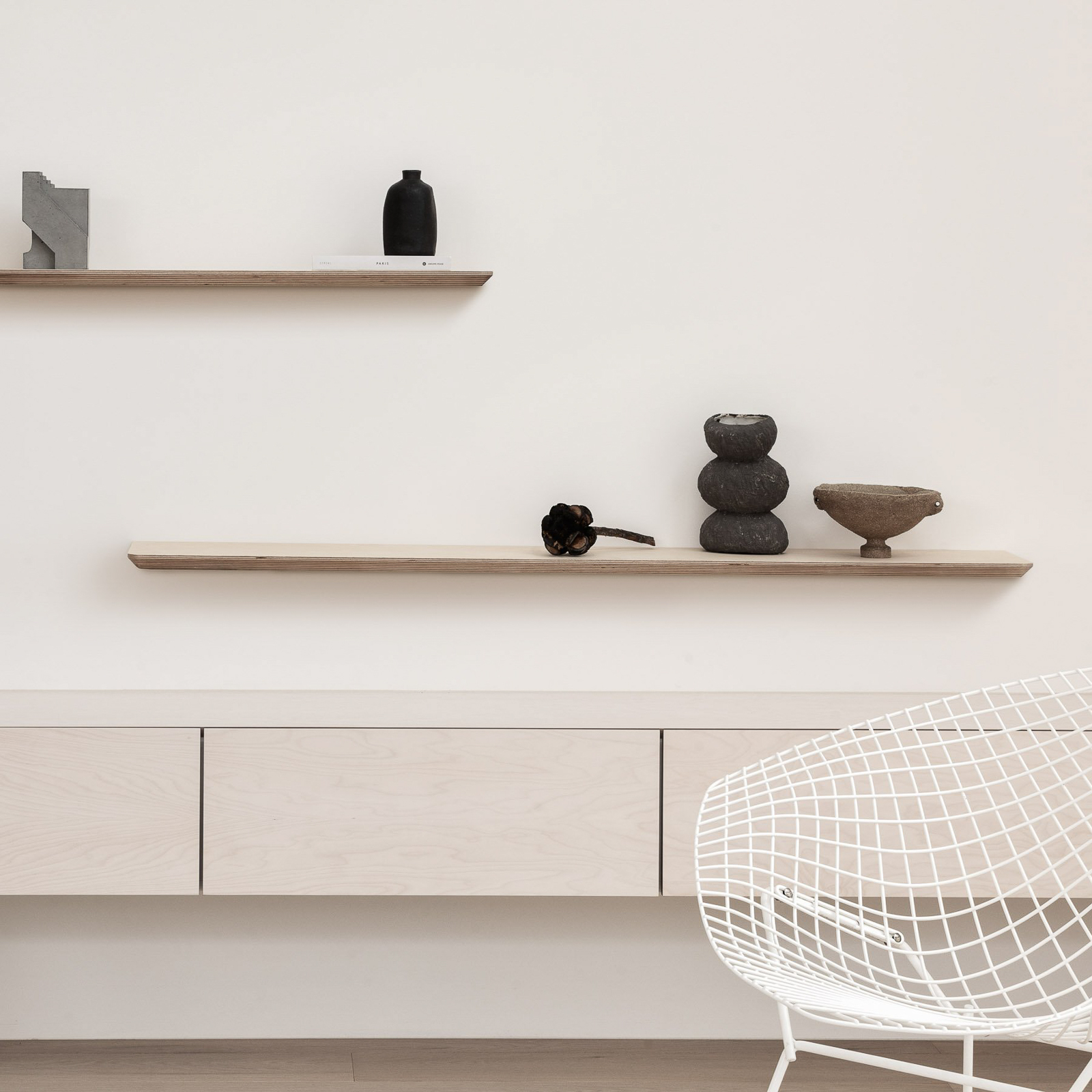
Photo: Plyroom
4. Use Wood
The use of wood is very important in Japandi design. It is a natural element that creates warmth but is very functional. You might see lot's of lightwood in photos but you can certainly use dark wood.
Create an accent wall, use modern furniture, or even embrace a perfectly imperfect hardwood floor. White oak appears to be the most common. Use it if you can because the wood grain is small, yet calming.
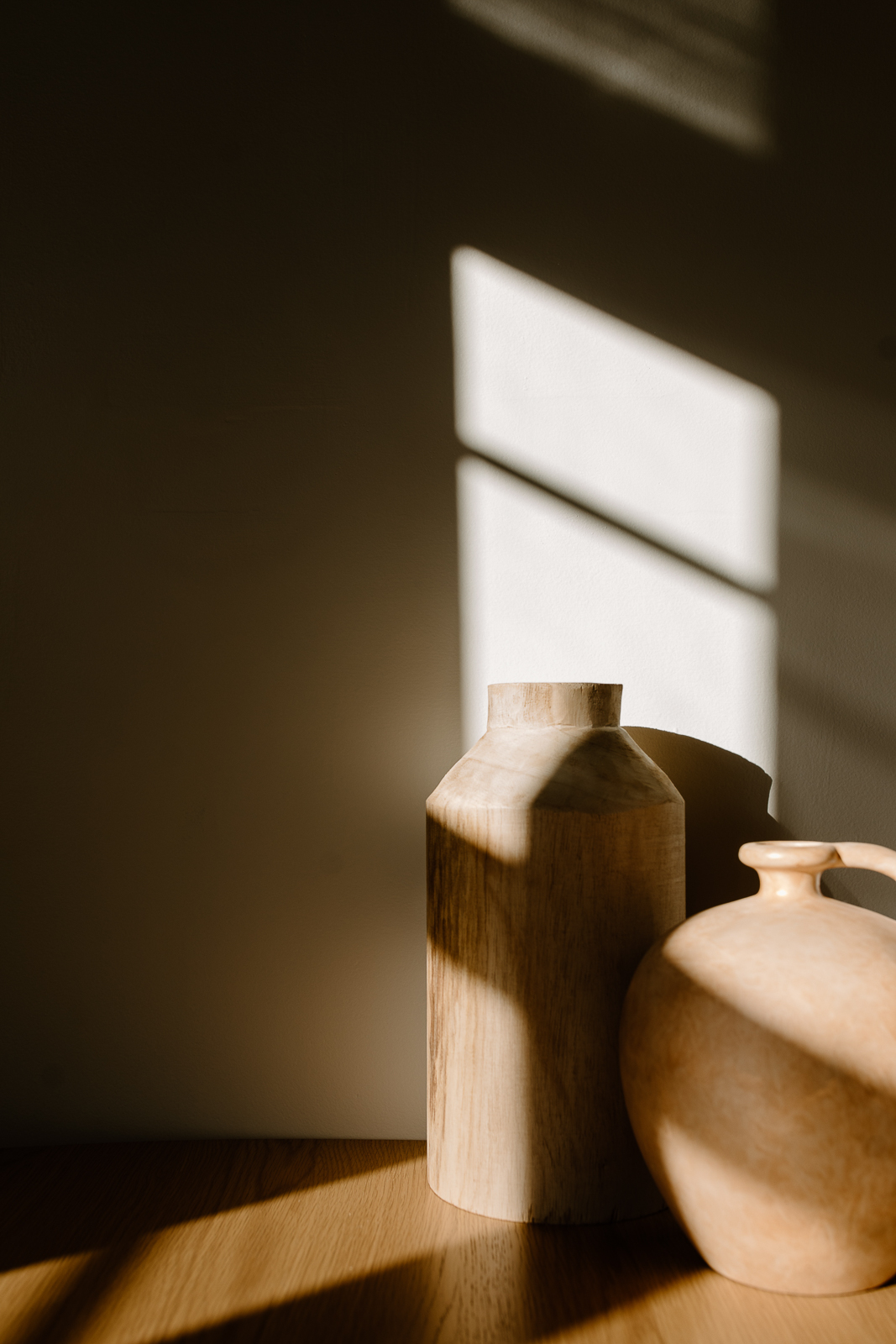
Photo: Pexels
5. Add Wall Texture
Wall texture is very common in Japandi design. The most common might even be adding vertical wood paneling. Use thin stips of wood and create architectural intrest.
Another way to add texture is with venetian plaster. This adds subtle texture to a plain wall. It serves as a great backdrop for furniture and decor pieces to steal the show.
6. Natural Fabrics
If you haven't noticed already, the use of natural materials is important in Japandi interiors. The same applies to textiles. Fabrics made of cotton, woold, and linen are especially used.
Incorporate this in your window treatment, sofas, and even accent throws.
7. Use Warm + Neutral Tones
A Japandi home will keep a warm and neutral color palette. Ivory, white, and soft touches of clay will take you there.
Black is technically not neutral but it works well with neutrals. Feel free to pair this with your furnishings or other design accents.
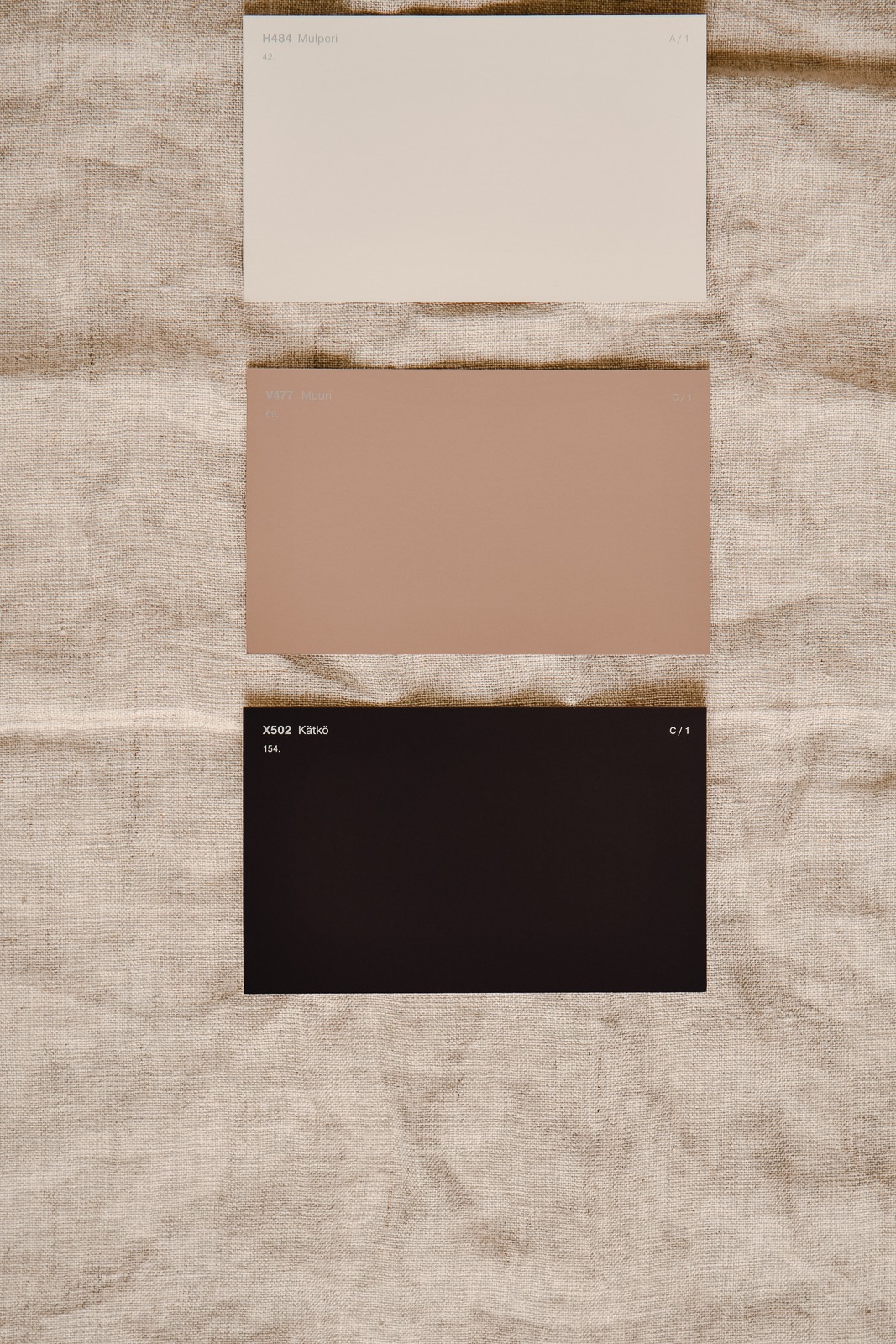
Photo: Pexels
8. What About Metals?
Metals mostly derive from the Scandinavia side but work well in Japandi design. Stay away from cold-toned metals like chrome or silver. Black and brass seem to pair well. Even better, patina metals follow the Japanese design tradition of embracing imperfection. Consider a sexy lamp, furniture with good metal legs, or even modern hardware.
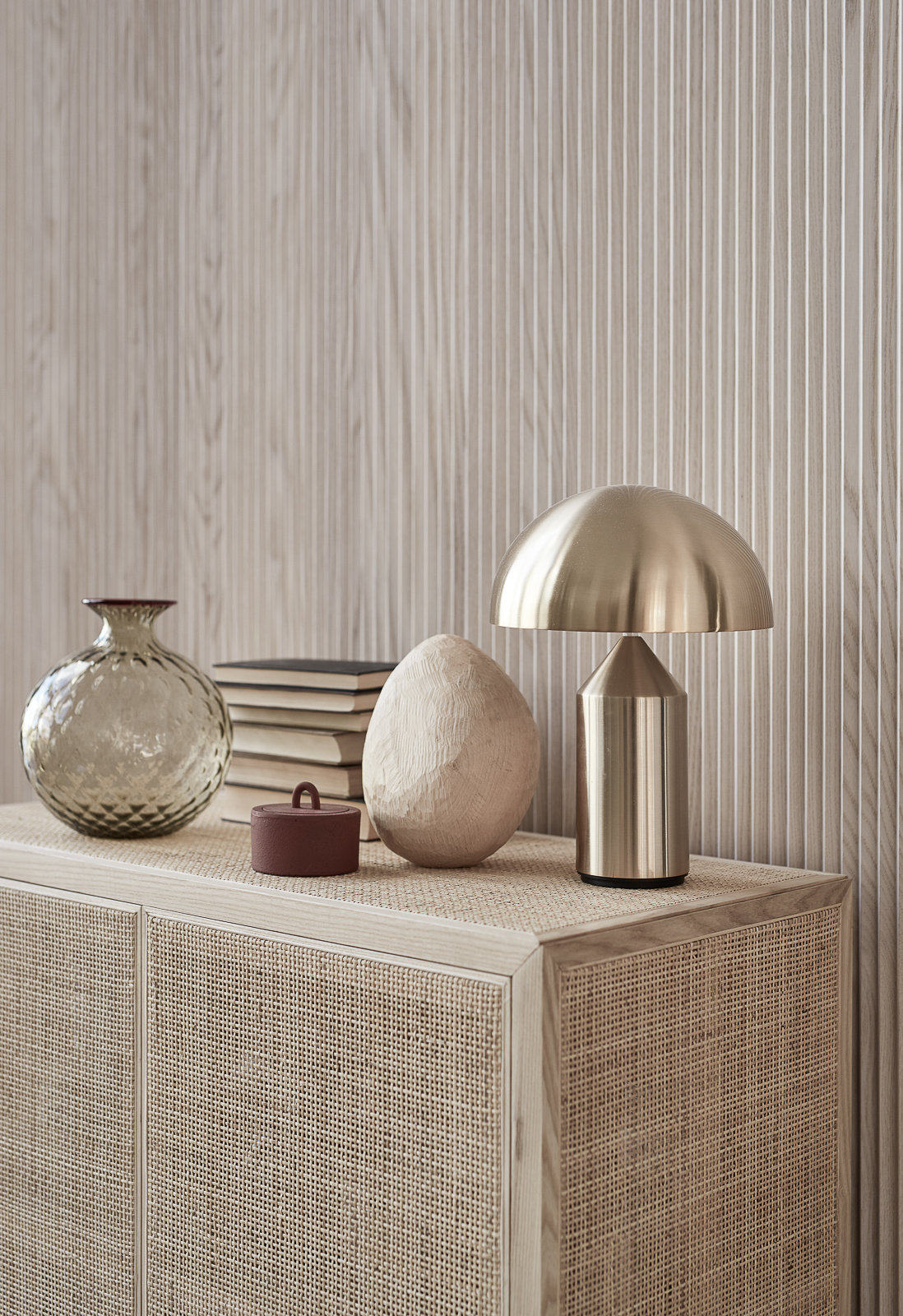
Photo: Kannustalon
9. Cane, Rattan, and Wicker!
Not original to Japandi, but these elements are certainly seen in this style. The natural characteristic of these promote calmness, connection to nature, and feel warm.
See my post on this for more ideas and the best natural items you can find on Amazon!
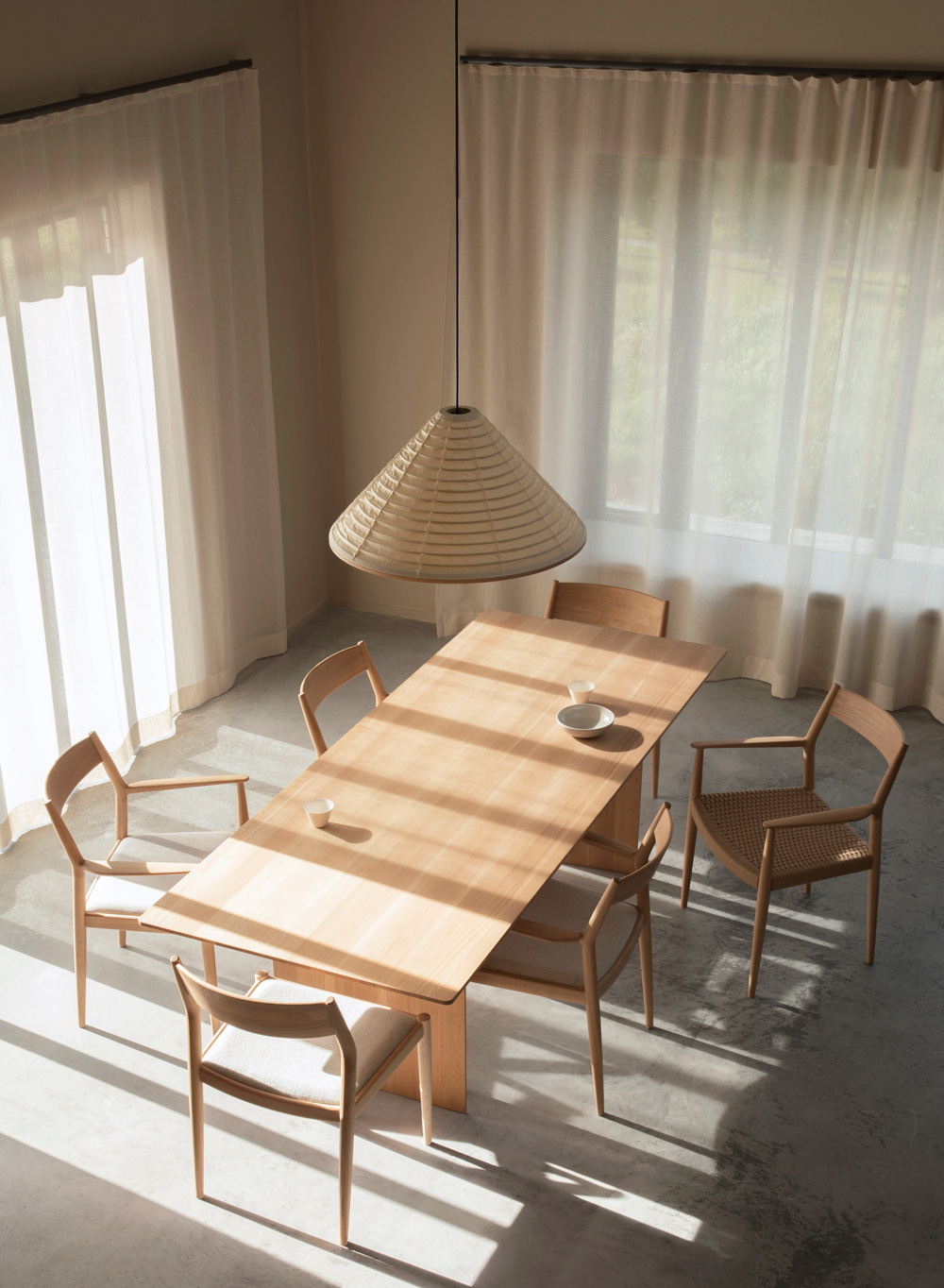
Photo: Norm Architects
10. Source Items Conscious to the Enviorment
In Scandinavian and Japanese design, many items are sourced locally or with intention to be 'sustainable.' So it makes sense that Japandi interweaves sustainable design. This can be a hot topic, but the message ultimately opposes the feeling of mass-production and trendy junk that will be disposed quickly. Let's have a conversation down in the comments below!
11. Use The Power Of Contrast
Contrast is a very useful technique in interior design. This is not original to Japandi design, but very common. Think of contrast in multiple scales. It can be as little as black spoons against a lightwood tabletop. Maybe even contrast of a black stairwell against a white wall.
Use contrast as needed but don't over do it. Often times moments of contrast are the first thing seen by the eye. So, make sure you are bringing attention to what you want noticed.
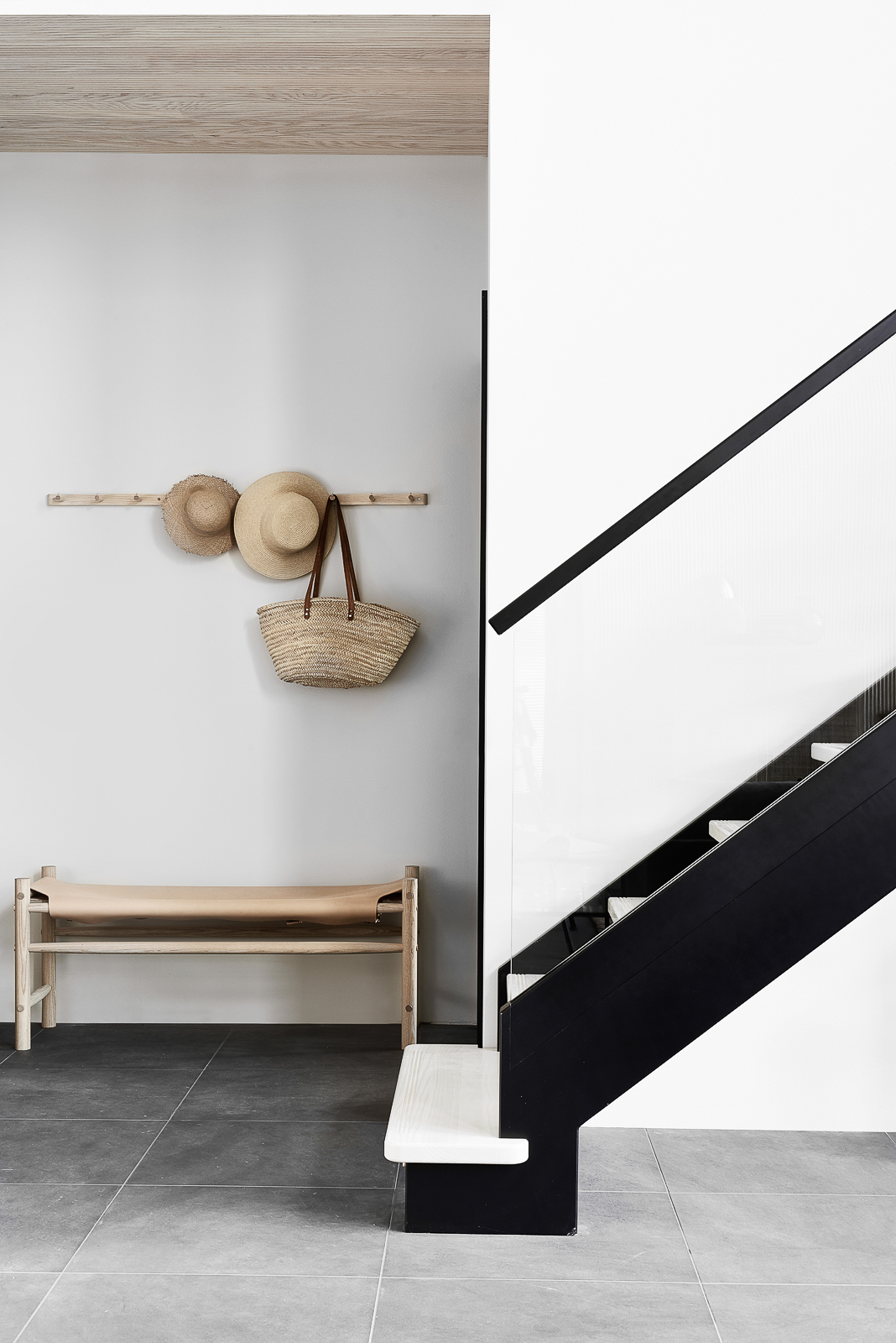
Photo: Kannustalon
I hope these ideas help you achieve the Japandi look we're all obsessed over. As I alway like to say, everyone's style is unique. These photos are for inspiration, not the final result. Let's embrace our homes and make them OURS.
Checkout my post on some of my favorite Japandi items to shop for (with links). Thank you for reading!
Leave a Reply